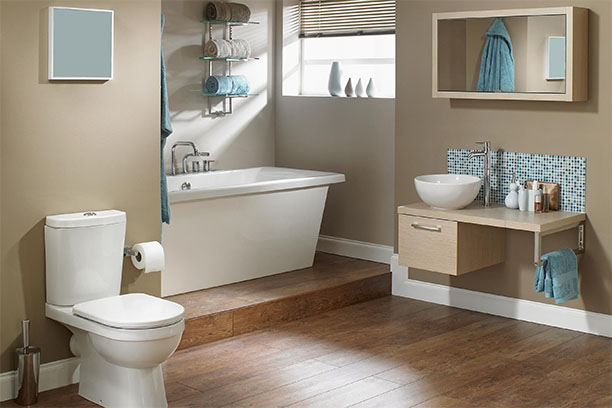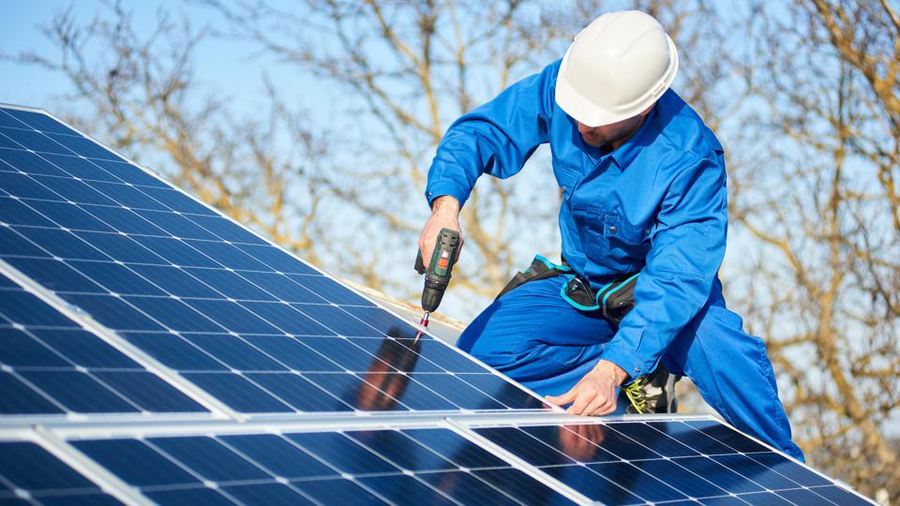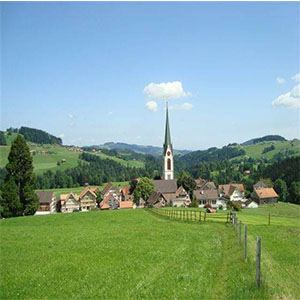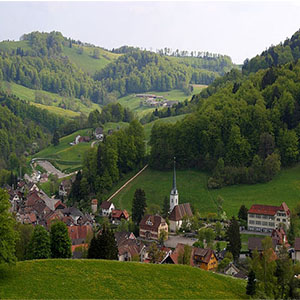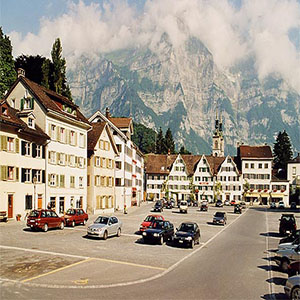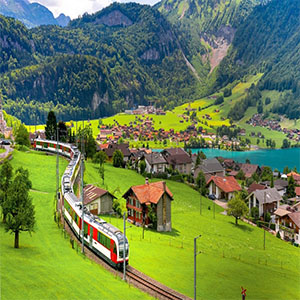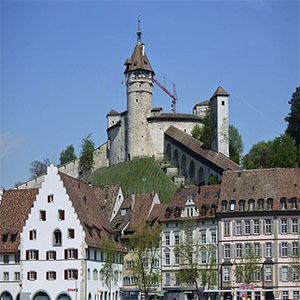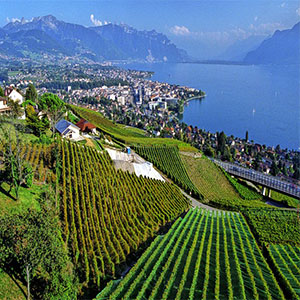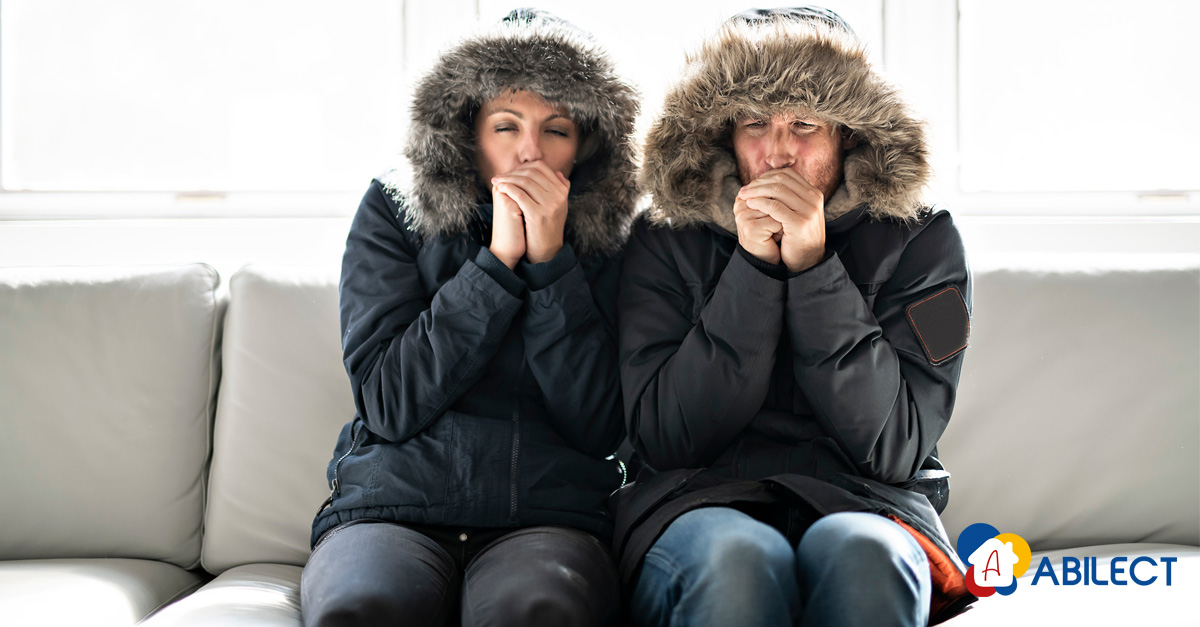
Our tips for insulating your home
Watch out! 5 points to absolutely watch for the insulation of your home this winter.
Winter is coming and during this season we often have surprises in our electricity bills! With today's energy price boom, insulating your home can be a financial gift.
These 5 points are to be monitored if you do not want to have any surprises when the thermometer drops suddenly.
The front door should not let the cold through
The doors of your home can be an opportunity for the cold to enter and therefore compromise the insulation of your home. Over the years, the seals all around the door deteriorate and can let air in, in addition to compromising the safety of the inhabitants of the place.
You have two choices, renovate your door to the correct standards or have it replaced. This choice is made according to the heritage of the property and the desires of the owners.
For a wooden door with glass, double glazing is mandatory to ensure good insulation.
If you choose a new door, we advise you to take a door with a thick frame with thermal insulation in it and if there are windows, triple glazing is the best choice. This choice allows you to optimize your insulation and also your security by opting for more secure doors.
The window, the thermal bridge par excellence.
Windows are essential in houses and apartments, they all create breaks in the insulation. Checking the condition of your windows and frames is essential to optimize your energy consumption. A window as efficient as it is can turn out to be a thermal point if the installation has not been carried out correctly.
Two solutions are available to you if you notice a great loss of energy at this level:
- The renovation of your windows by choosing an insulator for the sealing of the window such as PVC glue for wooden and PVC windows. Larger glazing is an option to improve thermal and sound insulation.
- Replacing your windows with triple glazing has several benefits, particularly in terms of safety, comfort with a strong reduction in noise and finally energy savings.
External awning boxes, a source of incrustation of fresh air.
This process is often neglected during a renovation to improve the thermal performance of a dwelling. This small part of the window can be a source of heat loss, the available space does not allow easy insulation. Choosing a suitable insulator is therefore essential to insulate this small space.
This part of the window and bay windows is a weak point in the construction of buildings. Improving the tightness of this component is the only possible action, this allows in particular to remove drafts by clogging the inlets. The insulation to use in this case to maximize the result is rock wool. Be sure to lay the wool correctly so as not to damage the external blind.
Stay warm all winter with the radiators
The radiators are placed near the windows for the houses built before 1990, the height when one has read the points listed above.
- Promoting thermal reflection saves money by preventing heat from escaping through poorly insulated walls. The thicker the insulation behind the heater, the more effective the insulation will be.
- The insulation recommended for this work is airgel, it allows a plaster finish, aluminum is a more effective insulator, but less aesthetic.
- Insulating your heating pipes is a good way to save money, these pipes cool down when passing through an unheated room and therefore allow heat loss. Covering your pipes with polyethylene foam is then strongly recommended, this material is available on the internet or in specialized stores.
- Airgel to insulate the wall behind the radiator.
- The radiator Radiator Thermostatic valve is mandatory today.
The exterior facade glued or ventilated
Finally, our fifth point concerns the exterior walls of the accommodation, the purpose of the insulation is to remove the cold bridges. For wall insulation, this is the best way to significantly reduce energy costs due to poor insulation. This reduces heat loss and even redistributes it around the house. This type of insulation is recommended by the energy services of all Swiss cantons. The longevity of this work makes it a sustainable way to reduce expenses.
The recommended insulation materials for this type of insulation are:
- Polystyrene for glued exterior walls, more than 80% of homes are insulated with this material in Switzerland.
- Wood wool for ventilated exterior walls, it provides significant sound insulation and is an ecological, local and natural component.
- Finally, ask if the SIA 380/1 standard has been applied to the building when buying or renting is a good indicator. Buildings that meet this standard are more environmentally friendly than conventional ones.
Ask for a free estimate for your energy renovation work.
Find our techniques to insulate your home at a lower cost to prepare for winter.








